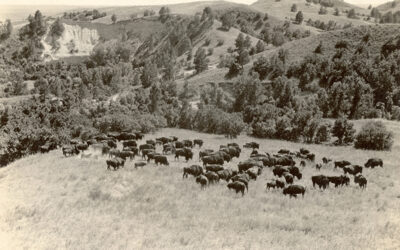W. S. Shoemaker, a correspondent to the Public Pulse column of the Omaha World-Herald in July 1897, asked why the patrolmen of the city were compelled to wear heavy coats buttoned to the chin during hot summer days. His letter, titled appropriately “Cruelty to Men,” was published July 6, 1897. Shoemaker said, “We have societies to prevent cruelty to animals and children. Why not enlarge the scope of these societies and include man?
“Can anybody conceive of anything more cruel than the torture inflicted on the police force of the city by compelling them to wear the regulation uniform these hot summer days, with the coat buttoned up tight to the throat? It is against the rules to even unbutton the coat for a few moments when on duty and let in a breath of air. This summer uniform is called a fatigue suit. It is rightly named. I should say it would fatigue any man to wear this policeman’s uniform these days.
“It is positive cruelty to compel the force to wear such uniforms in such weather. There is no reason why a sack coat made of the same material as the regulation army blouse could not be adopted and used in all the cities east and south of the Rocky Mountains during the summer months. A negligee blouse adopted with white collar, with this blue blouse made with light woolen goods, would look quite as well as these hot uniforms. The police officer, while on duty, cannot drop down in a chair in the shade of a building, throw off his coat, grab up a fan, and cool himself off. He must keep right along on his beat in the boiling hot sun with his coat buttoned up tight to his throat and the perspiration running down into his shoes. There is discipline and discipline and then again, there is too much discipline.
“At this time the members of the fire and police board are all wearing the negligee shirt and white, loosely woven linen suits, sitting around in the shade trying to keep cool while the patrolman is plodding along on his beat in the hot sun with his great heavy blue regulation uniform on, almost ready to drop from the intense heat. It is time the press of the country should take this question up and put a stop to this torture of human beings when there is no necessity for it.”
Unfortunately, dressing to beat the heat in 1897 was only slightly easier for the average citizen than it was for the police. A “picturesque and striking bathing costume,” seen in 1902 at Courtland Beach, an Omaha area resort, sported a “blue taffeta silk skirt, the seams laced with white silk cord; a white silk shirt waist, blue collar and cuffs and blue hose with white toes and heels” (Omaha World-Herald, July 27, 1902).



